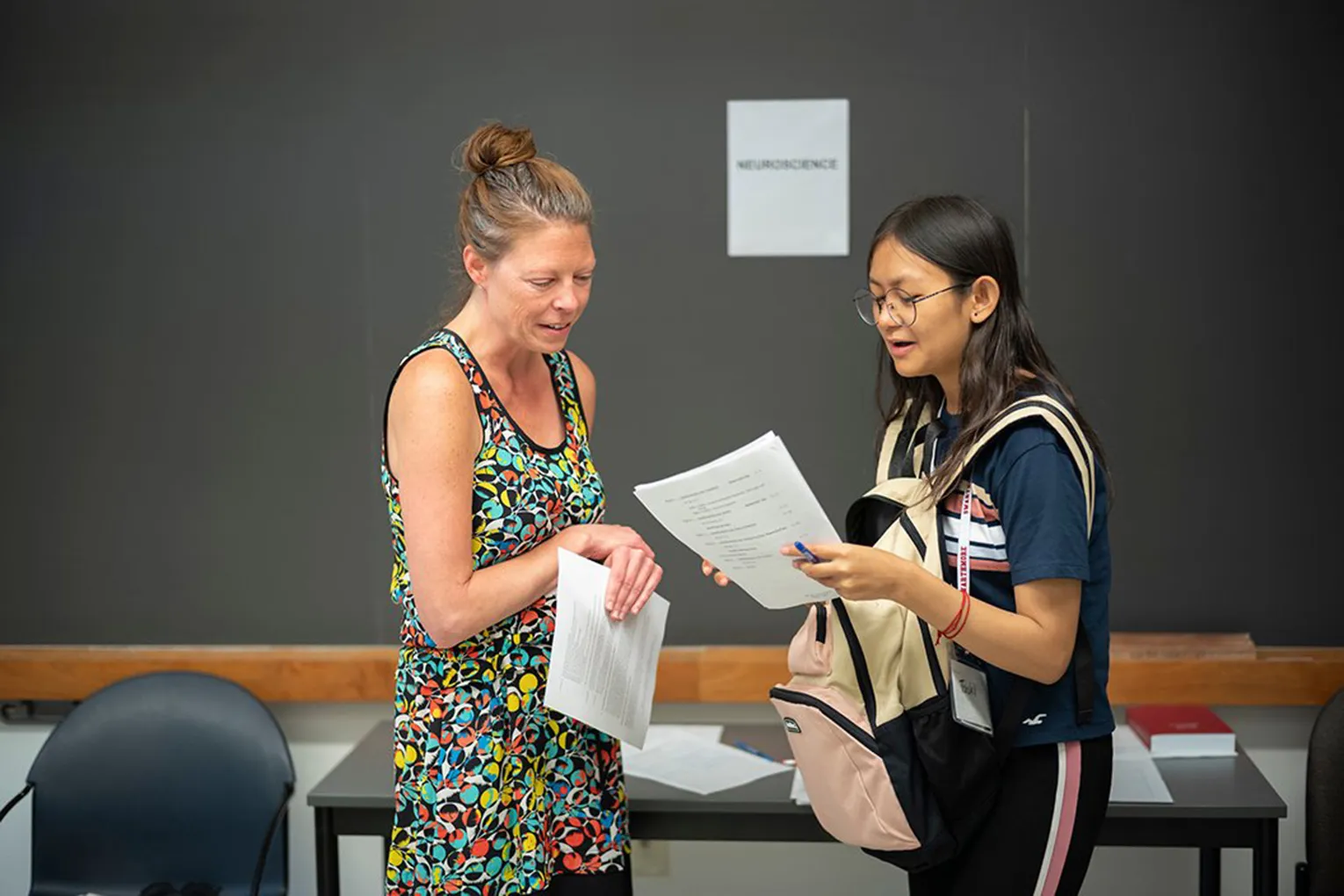Commas
1. Use a comma before a coordinating conjunction1 that connects two independent clauses2.
CORRECT: I want to major in English , but my mother says it's not practical.
**Do NOT put a comma before every instance of a conjunction!
- Conjunctions perform many functions, so make sure they're separating independent clauses before you insert a comma.
CORRECT: I want to major in English and minor in economics.
In the above example, there is a compound predicate. Without a separate subject for the second verb, you don't need a comma.
Remember not to put commas after conjunctions that separate independent clauses (e.g. after the but in the first example above).
MOST IMPORTANTLY, do not connect two independent clauses with just a comma! This is a common error called the comma splice. Below is an example.
INCORRECT: I took English this semester, it was really hard.
There are many ways to fix this sentence. Adding a conjunction after the comma is one.
CORRECTED: I took English this semester, and it was really hard.
You can also split it into two sentences with a period.
CORRECTED: I took English this semester. It was really hard.
Semicolons and colons are another option, which will be discussed in the appropriate guides.
2. Use commas to set off introductory elements.
Introductory elements are often clauses or phrases that explain when, where, why, or how something happened. You may omit the comma if the introductory element is short and there is no danger of the sentence being misread as a result.
CORRECT: When I got to my first class, everyone looked really nervous.
The comma is correct here, but it can also be left out without the sentence becoming confusing to the reader. The following sentence is an example of where the comma is necessary.
INCORRECT: When he was ready to eat his dog begged for food at the table.
CORRECT: When he was ready to eat, his dog begged for food at the table.
Without the comma, the reader might think for a moment that the man in the sentence was ready to eat his dog. This is clearly not what the writer intended.
Be careful about inverting sentences. Most sentences do NOT need a comma when their parts are reversed.
INCORRECT: Everyone looked really nervous, when I got to my first class.
CORRECT: Everyone looked really nervous when I got to my first class.
3. Use commas to separate items in a series.
CORRECT: I bought grapes, apples, and pears at the market this morning.
There is sometimes dispute over whether you need a comma between the last two items in a series (in this case "apples and pears"). Grammatically, either way is correct, as long as the absence of the comma doesn't make the sentence confusing or ambiguous. However, once you decide to use the comma or not, stick with your decision; you need to be consistent.
There is no need for a comma before the first item or after the last item in a series. In this case, commas before grapes and after pears would be incorrect.
4. Commas come between coordinate adjectives3; do not separate cumulative adjectives4.
To see if adjectives are coordinate, add "and" between each adjective in the series. If it still makes sense, you need commas.
CORRECT: He is a sensitive, helpful, friendly person.
In cases where the adjectives build on one another, separating them with commas is incorrect.
CORRECT: There are five small yellow birds on the birdfeeder.
5. Use commas to set off nonrestrictive elements; do not set off restrictive elements.
Nonrestrictive elements are groups of words that can be removed without changing the meaning of the sentence; restrictive elements are word groups that are necessary to retain the meaning of the sentence.5
Restrictive
CORRECT: To do yoga, I need a shirt that is loose and comfortable.
The speaker does not need just any shirt. It must be loose and comfortable. Because the phrase changes the meaning of the word it modifies (shirt) the phrase is restrictive and no comma is needed.
Nonrestrictive
CORRECT: When I do yoga, I wear my favorite t-shirt, which is really old.
The fact that the speaker's favorite shirt is old has no bearing on the meaning of the sentence. It's simply a detail she decided to add. Therefore, it is nonrestrictive and needs to be set off with a comma.
6. Commas separate transitional and parenthetical expressions, absolute phrases, and contrasting elements.
Transitional Expressions
CORRECT: Therefore, I could not finish writing my paper.
Parenthetical Expressions
CORRECT: You, on the other hand, can't carry a tune.
Absolute Phrases
CORRECT: Having taken preventative measures, I did not get sick.
Contrasting Elements
CORRECT: I want English , not Economics, classes.
7. Use commas to separate direct address, yes and no, interrogative tags, and interjections.
Direct Address
CORRECT: I'm sorry, John.
Yes and No
CORRECT: Yes, I'm coming to the party.
Interrogative Tags
CORRECT: You're supposed to be at work at 9, aren't you?
Interjections
CORRECT: Well, I can't see why that would be a problem.
8. Use commas to set off quotations.
CORRECT: My professor said, "This midterm is going to be impossible."
1 The coordinating conjunctions are: and, nor, or, for, but, so, and yet
2 Word groups that can stand on their own as sentences (i.e. have a subject and verb)
3 This is a case "when two or more adjectives each modify a noun separately" (Hacker 275). If you can put and between the adjectives or rearrange them without losing meaning, they are coordinate.
4 Adjectives that wouldn't retain meaning if placed in a different order or separated by and.
5 Often these elements will begin with relative pronouns (i.e. that and which). Restrictive elements take that. Nonrestrictive elements take which.



